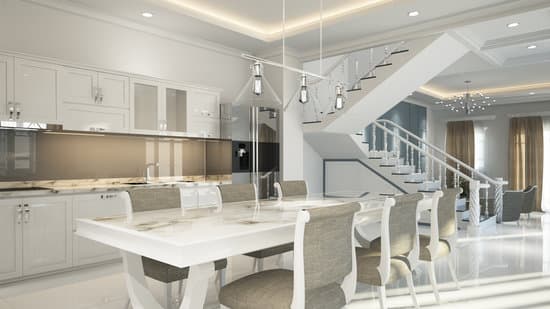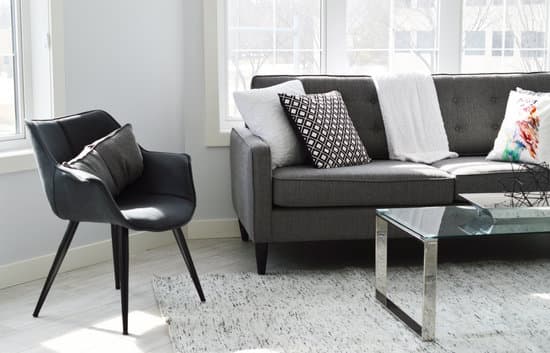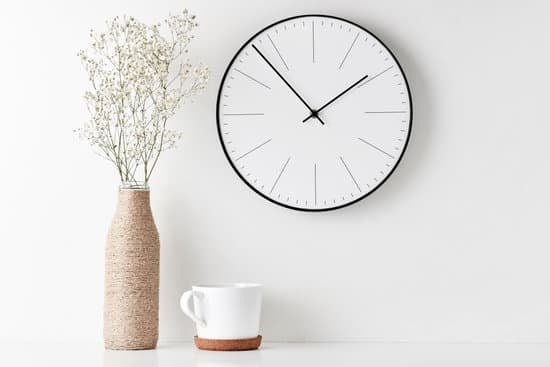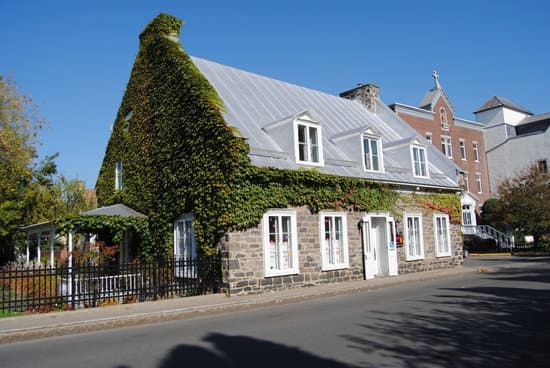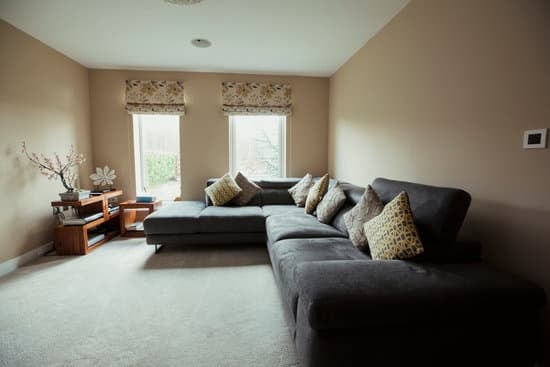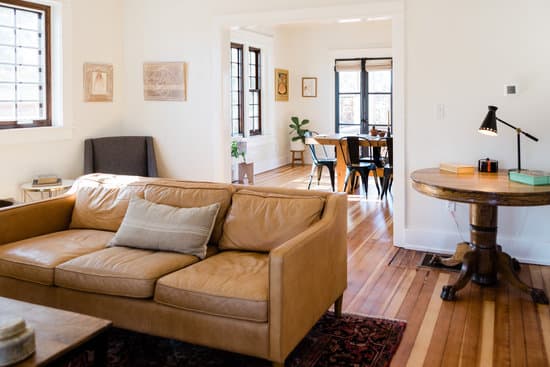The Philosophy of Wabi-Sabi Interior Design
Wabi-Sabi interior design is a Japanese aesthetic that embraces the beauty of imperfection and the transience of life. It is centered on a deep appreciation for the natural world, and the use of natural materials in design. The focus is not on what is perfect or new, but rather on what has character, warmth, and a connection to the natural world. In contrast to the polished, perfect finishes of modern design, Wabi-Sabi emphasizes the beauty of natural materials, like stone, wood, and clay. It embraces the patina and signs of use that come with age, and focuses on the stories behind the objects that fill a space. It is an aesthetic of simplicity, authenticity, and harmony, with a deep respect for the natural world.Finding Beauty in Imperfection
Wabi-Sabi design is all about embracing the imperfections in our world. This philosophy sees beauty in the ordinary, in the worn and weathered, and in what may otherwise be considered flawed or broken. This principle can be seen in the use of unadorned, natural materials that show the passage of time, like weather-worn stone or the knotty imperfections in reclaimed wood. Similarly, cracked or chipped ceramics or mismatched tableware can bring a sense of warmth and character to a space. It is about finding beauty in the unexpected, with an emphasis on handcrafted, one-of-a-kind pieces that have a unique story to tell. Wabi-Sabi design encourages us to embrace the beauty of impermanence, and to see the value in things that might otherwise be overlooked.Emphasizing Natural Materials in Design
Wabi-Sabi design puts a strong focus on using natural materials in interior design. In order to create a connection with nature, designers may incorporate elements like stone, wood, and plants into their spaces. The idea is to use materials that have a natural feel and texture, and to create a space that feels grounded and authentic. Wabi-Sabi design also promotes the use of sustainable materials, like bamboo or cork flooring, as an extension of the philosophy of environmental harmony. The use of natural materials creates a tactile and visual experience, with a focus on the raw textures and natural rhythms of the world around us.- Bamboo or cork flooring
- Stone or clay tiles
- Reclaimed wood or furniture
- Plants, flowers, and natural materials like pinecones or driftwood




